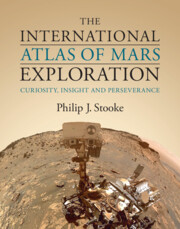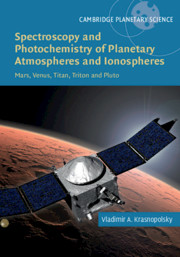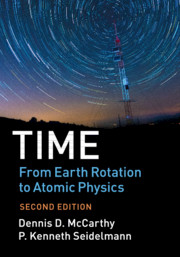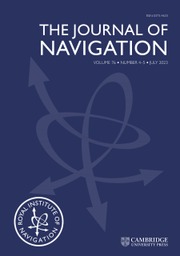Exploring Space, Exploring Earth
Paul Lowman, a NASA scientist for over 40 years, describes the impact of space flight on geology and geophysics. A foreword by Neil Armstrong emphasizes that the exploration of space has lead us to a far deeper understanding of our own planet. Direct results from Earth-orbital missions include studies of Earth's gravity and magnetic fields. In contrast, the recognition of the economic and biological significance of impact craters on Earth is an indirect consequence of the study of the geology of other planets. The final chapter presents a new theory for the tectonic evolution of the Earth based on comparative planetology and the Gaia concept. Extensive illustrations, a glossary of technical terms, and comprehensive bibliography, provide geologists and geophysicists with a valuable summary of research. The book will also serve as a supplementary text for students of tectonics, remote sensing and planetary science.
- Contains a foreword by Neil Armstrong
- Presents both terrestrial and extraterrestrial discoveries in geology and geophysics from space
- Quantitative but non-mathematical; written for non-technical readers with no equations; extensively illustrated with maps, photographs and line drawings
Reviews & endorsements
'OU students of Earth Sciences will find this an interesting and stimulating read.' The Open University Geological Society Journal
'… a well researched, well illustrated and a well referenced book … I believe that the book is guaranteed to start the serious geologist looking at traditional ideas and concepts in a slightly different light.' Open University Geological Society Journal
Product details
August 2002Paperback
9780521890625
408 pages
247 × 175 × 22 mm
0.65kg
114 b/w illus. 27 colour illus. 6 tables
Available
Table of Contents
- Foreword Neil Armstrong
- Preface
- Acknowledgements
- 1. Preview of the orbital perspective: the Million Year Day
- 2. Space geodesy
- 3. Satellite studies of geomagnetism
- 4. Remote sensing: the view from space
- 5. Impact cratering and terrestrial geology
- 6. Comparative planetology and the origin of continental crust
- 7. Geology and biology: the influence of life on terrestrial geology
- Afterword
- Appendix A. Elements of physical geology
- Appendix B. Lunar missions, 1958 to 1994
- Appendix C. Planetary missions, 1961 to 1992
- Glossary of geologic terms
- Selected bibliography (by chapter)
- Index.








